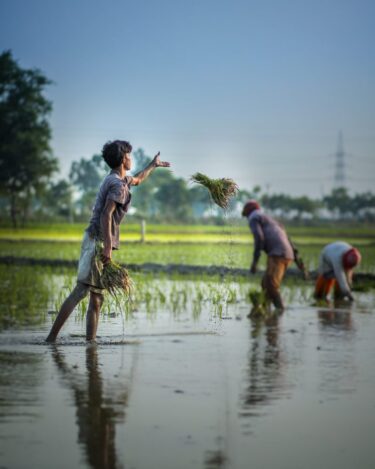Home Solutions Sustainable Products and Circularity Chemistry
Sustainable Chemistry and Materials

Home Solutions Sustainable Products and Circularity Chemistry

The Anthesis sustainable chemistry team are experts in material selection, innovative technologies, and chemical regulation. We provide comprehensive chemical management support throughout the supply chain. From facilitating collaboration in REACH Consortia to aiding SMEs with complete chemicals management outsourcing, we navigate regulatory complexities with a sustainability lens. With our focus on sustainability, services extend beyond compliance to incorporate green chemistry principles, foster innovation, and help clients understand the impact on their business from evolving environmental criteria.
Our team have significant experience in polymer regulation and are heavily involved in the developing regulation of EU-REACH for polymers. Beyond the EU, we support our clients with understanding compliance requirements in the rest of the world, offering tailored chemicals management plans to align with the latest regulations.
Our innovation scouting team has a track record of finding high performing alternatives and implementing them. Our holistic approach helps clients to ensure that material and chemical alternatives do not have unintended consequences for circularity and end of life management. We support our clients to navigate the complex landscape of opportunities through a combination of deep chemistry expertise combined with industry and sector expertise.
Anthesis provides support to our clients across the full spectrum of regulatory and sustainability requirements. As a result of our extensive experience in EU REACH and our involvement in consortia and trade associations, and in our position as Only Representative, we provide clients with insight into the practical implementation of current and future regulatory requirements.
Our knowledge of chemical hazard assessment and connection with other teams in Anthesis allows us to help clients understand how regulatory and sustainability developments such as the Corporate Sustainability Directive (CSRD) and German Supply Chain Due Diligence Act (GSCDDA or SCA) [DA1] can be managed effectively while maintaining business as usual.
Anthesis works with clients to evolve their approach to chemical management strategies by incorporating regulatory expertise and sustainable product development principles. We are able to provide specialist support in assessing the availability of alternative materials, avoiding regrettable substitution.
We are the world’s leading purpose driven, digitally enabled, science-based activator. And always welcome inquiries and partnerships to drive positive change together.